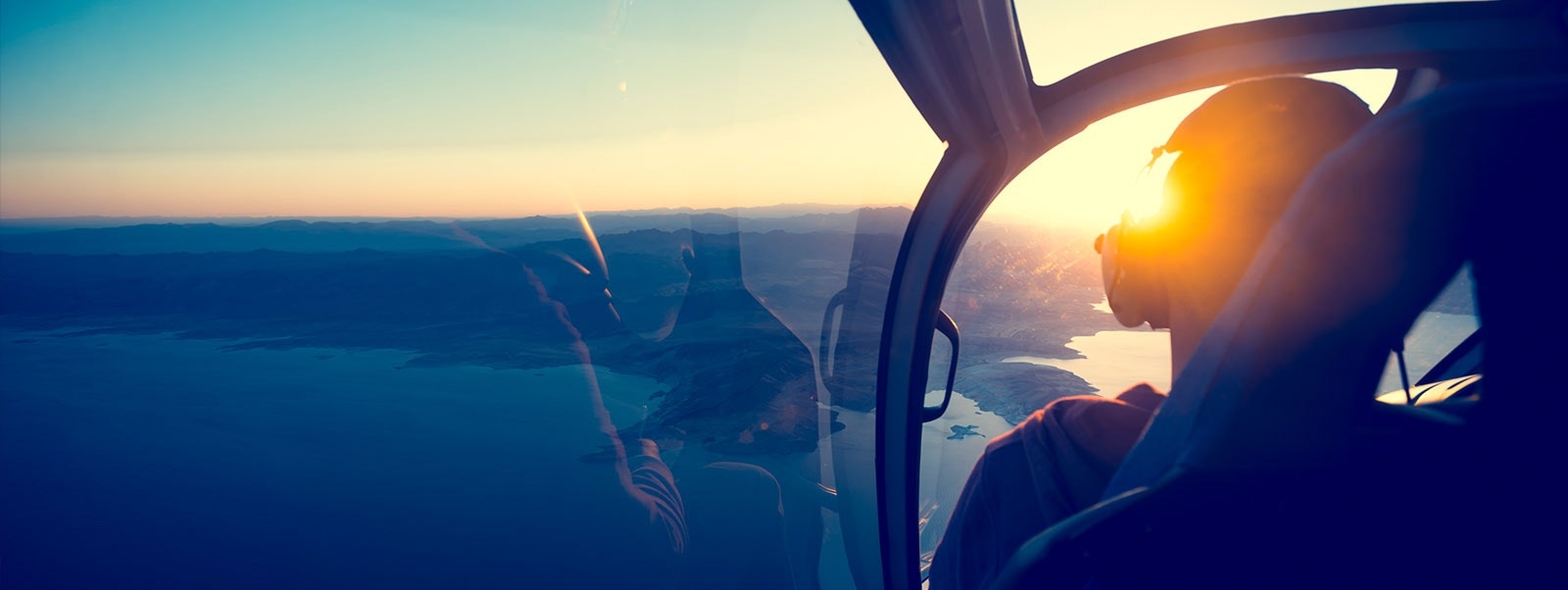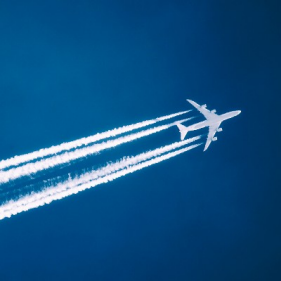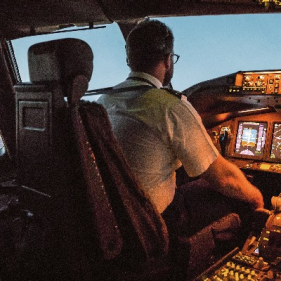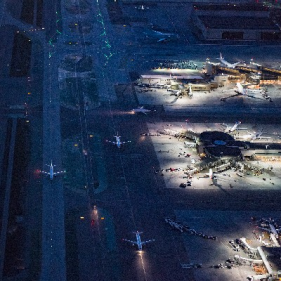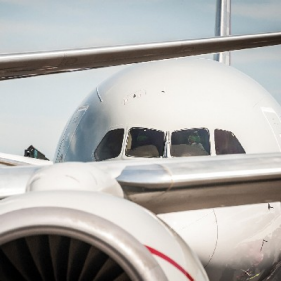By Jerome Bouchard and Nicolas Baggioni
This article first appeared in Forbes as an "Editor's Pick" on October 25, 2017.
When it comes to transportation, the word for this decade and the next is autonomous. But while we are likely to see autonomous cars in mass production by 2030 and almost certain to see self-driving trucks within five years, we will probably not see any autonomous passenger jets for one simple reason – passengers don’t trust them.
Passengers may start seeing planes with a single pilot in the cockpit within the next three to five years
The technology exists – all kinds of aircraft that don’t involve passengers are using it, mostly in the military – but many consumers have said they would refuse to fly in one. Aviation is no doubt disappointed because of the hundreds of billions that could be cut from operational expenses. But tens of billions can still be saved by implementing the step before complete autonomy – single-pilot operations.
Passengers may start seeing planes with a single pilot in the cockpit within the next three to five years – assuming certification challenges can be overcome. It's an inevitability driven more by the airlines’ continual quest to lower costs than by the arrival of new technology. Even now, pilots spend a bulk of their flight time monitoring machines rather than actually flying. In fact, with many of the newest jets, most pilots are only manually flying during takeoffs and the final minutes of landing – and not even then if there’s low visibility. Active flying time for pilots sometimes amounts to a little as three to five minutes.
Emptying the cockpit
The move toward fewer personnel in the cockpit began decades ago as technology made it unnecessary for humans to perform certain jobs. In the 1960s, there were still five crew members – a pilot, co-pilot, flight engineer, navigator, and radio operator. By the 1980s, that number was down to two – the pilot and co-pilot – with the incorporation of more automated or hands-free systems.
The next logical step in the road to total autonomy for commercial aviation is single-pilot operations – which could save airlines as much as $60 billion annually in operational costs, by our calculations. While the technology exists for this to happen, questions about safety, regulation, and public acceptance must be answered first.
From the passenger’s perspective, pilots are viewed as a fail-safe. Almost all airline passengers know the tale of Captain Chelsey “Sully” Sullenberger, who performed a dramatic controlled landing on the icy Hudson River after his A320 was struck by birds as it took off from New York’s LaGuardia Airport in January 2009. Only this past week, pilots of a JetBlue flight out of Boston made an emergency landing at JFK airport in New York after a similar bird strike.
As it has been and will be for passenger cars, introduction of ever-more autonomous features in aircraft will only make transport safer
People love stories of airline pilots who save hundreds of lives with such heroics – Hollywood even made a movie about Sullenberger. But the reality is that humans can also be responsible for aircraft accidents. As it has been and will be for passenger cars, introduction of ever-more autonomous features in aircraft will only make transport safer.
The problem is convincing passengers. In several surveys – the most recent one this summer – consumers balked at getting on a plane with no pilot. This is not surprising as a majority of people have also said they don’t like the idea of autonomous cars either, with more than half telling a recent Automobile Association of America (AAA) survey that they would still watch the road in an autonomous vehicle as if they were driving. About 38 percent believe – contrary to expert conclusions – that autonomous vehicles would lead to more highway crashes rather than fewer.
Ground Control
Single-pilot operations may be more easily accepted than fully autonomous flight, as it still guarantees human intervention, if necessary. It also is likely to involve a second on-the-ground pilot, with airlines expected to follow a NASA-developed approach that calls for a ground back-up system.
The ground-based pilot would act as the first officer using remote-control technologies to monitor operations and support the pilot in the cockpit. Each ground-based pilot would likely be monitoring as many as five flights simultaneously. In emergencies, there would be a dedicated ground pilot focusing only on the plane in trouble and ready to step in using the remote control technologies.
Beside passenger reluctance – and anticipated pilot opposition – regulators will also put high bars for manufacturers and airlines to get over before either single-pilot operations or autonomous flight will be possible. For instance, the Federal Aviation Administration (FAA) has said it will not change any regulations to accommodate autonomous flight until it is proven that autonomous planes have detect-and-avoid capabilities equal to, or better than, humans.
With savings estimated as high as $110 billion annually, autonomous flight would essentially change the airline business model
Saving $110 billion
And for airlines, the ultimate goal is autonomous flight – the next evolution in civil aerospace and a game-changer for airline cost structures. Having already cut 15 percent in fuel consumption, thanks to the lighter structural components and a new generation of jet engines in aircraft being delivered today, airlines now want to attack their second biggest cost – labor. With savings estimated as high as $110 billion annually, autonomous flight would essentially change the airline business model, according to our estimates.
Beyond the reduction in personnel, automation of flights would cut other expenses, including up to an additional six percent drop in fuel consumption because of the optimization of speed, altitude, and trajectory possible when technology is the pilot. Cockpits could be shrunk with single-pilot operations and maybe even eliminated with autonomous flight, potentially cutting the price tag of aircraft.
In addition, airlines would enjoy a new flexibility in scheduling as they no longer would need to adhere to regulations limiting the number of hours human pilots can fly; computers don’t need sleep or get tired. They are also cheaper to produce than human pilots. Finally, the increased safety with automated systems would cut millions in insurance costs and accident settlements.
Pilot shortage
Finally, single-pilot operations and autonomous flight address the developing pilot shortage that faces aviation over the next decade. Such a shortfall could end up pushing up wages and stifling the expansion of routes.
Over the short run, one place we are likely to see the adoption of single-pilot operations and maybe even autonomous flight is in the movement of cargo. Here, the economics will dictate, and the safety issues will be less important, given the absence of passengers and presumably crew in the case of autonomous flight.
When it comes to single-pilot operations for commercial flight, there is a certain inevitability involved. That is less the case for autonomous flight, where some experts predict it could literally take decades and perhaps the introduction of autonomous cars and trains – before it will be embraced. As one Massachusetts Institute of Technology professor was recently quoted as saying, “The issue has never been ‘Could you automate an airplane and fly it autonomously?’ The issue is ‘Could you put paying customers in the back of that airplane?’”


